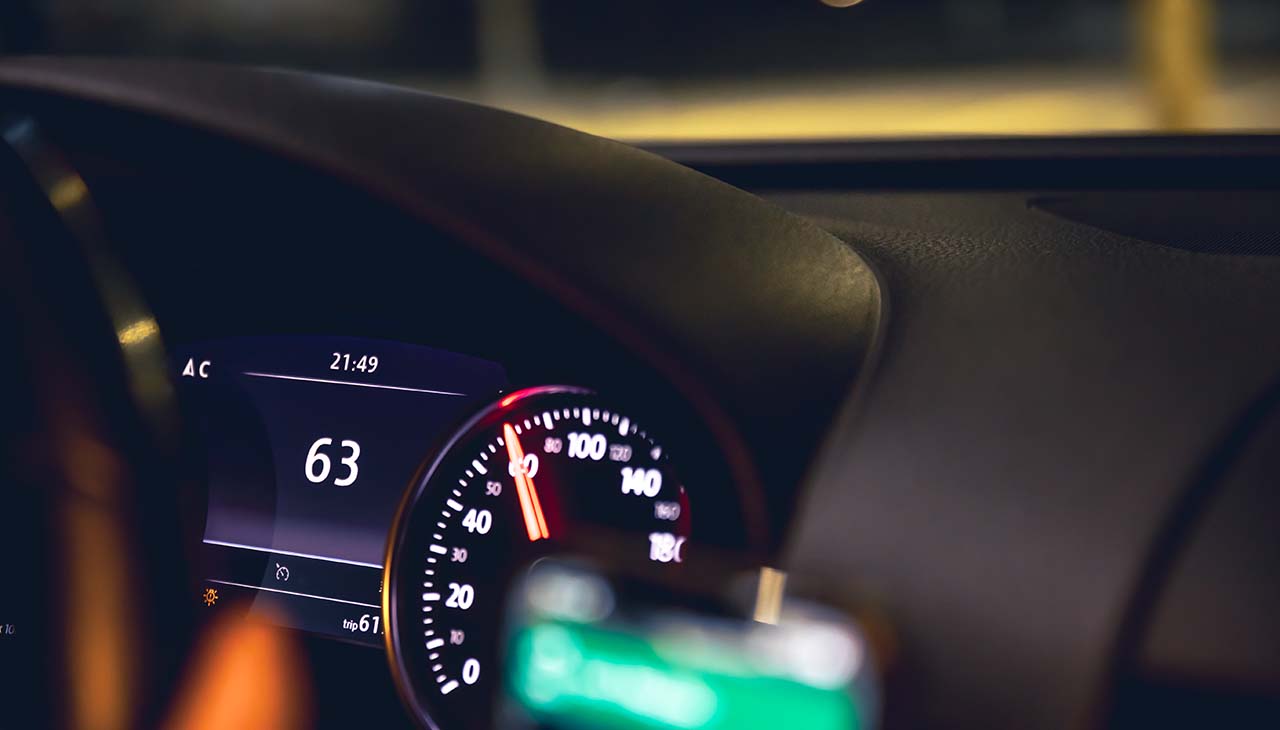Introduction
Your car’s dashboard is more than just a display of speed and fuel levels—it’s a critical communication tool that keeps you informed about your vehicle’s health. Dashboard warning lights are designed to alert you to potential issues, ranging from minor inconveniences to urgent problems that require immediate attention. As a car owner or new driver, understanding these warning lights can save you time, money, and most importantly, ensure your safety on the road.
In this comprehensive guide, we’ll break down the most common dashboard warning lights, explain what they mean, and provide actionable advice on what to do when they appear. By the end of this post, you’ll be better equipped to handle any warning light situation with confidence.
Common Dashboard Lights
Check Engine Light
The check engine light is one of the most important and frequently encountered dashboard warnings. It can indicate a variety of issues, from a loose gas cap to more serious engine problems.
Battery Light
The battery light typically indicates a problem with your car’s charging system. This could be due to an old battery, a failing alternator, or loose connections.
Oil Pressure Light
The oil pressure light signals a drop in oil pressure, which could lead to severe engine damage if not addressed promptly. This is often caused by low oil levels or a malfunctioning oil pump.
Brake Warning Light
This light can indicate several issues, including low brake fluid, worn brake pads, or a problem with the braking system.
Tire Pressure Monitoring System (TPMS) Light
The TPMS light alerts you to a tire with low pressure, which can affect your car’s handling and fuel efficiency.
Coolant Temperature Light
Also known as the temperature warning light, this signals that your engine is overheating. This could be due to low coolant levels, a faulty thermostat, or a malfunctioning radiator.
What Each Light Means
Check Engine Light
- Meaning: The engine control unit (ECU) has detected an issue.
- Severity: Ranges from minor (e.g., loose gas cap) to severe (e.g., catalytic converter failure).
- Action: Check for obvious issues like a loose gas cap. If the light remains on, schedule a diagnostic check with a professional.
Battery Light
- Meaning: The battery isn’t charging properly.
- Severity: Moderate to severe, depending on the underlying cause.
- Action: Check the battery and alternator connections. If the light stays on, have the charging system inspected by a mechanic.
Oil Pressure Light
- Meaning: Low oil pressure in the engine.
- Severity: Severe, as it can lead to engine damage.
- Action: Stop the car immediately and check oil levels. If low, add oil. If the light persists, seek professional help.
Brake Warning Light
- Meaning: Issues with the braking system.
- Severity: Moderate to severe.
- Action: Check brake fluid levels. If low, top up and monitor. If the light remains, consult a mechanic.
TPMS Light
- Meaning: One or more tires have low pressure.
- Severity: Moderate.
- Action: Check tire pressures and inflate to the recommended levels. If the light persists, inspect for leaks or tire damage.
Coolant Temperature Light
- Meaning: Engine overheating.
- Severity: Severe.
- Action: Stop the car immediately. Check coolant levels and add if necessary. If the problem continues, contact a professional.
Immediate Actions
Check Engine Light
- Check gas cap: Ensure it’s tight.
- Diagnostic check: Schedule with a mechanic if the light remains.
Battery Light
- Inspect connections: Ensure they’re secure.
- Professional inspection: If unresolved, seek help.
Oil Pressure Light
- Check oil levels: Add oil if low.
- Immediate stop: If unresolved, stop driving and call for assistance.
Brake Warning Light
- Check brake fluid: Top up if necessary.
- Professional inspection: If the light stays on, consult a mechanic.
TPMS Light
- Check tire pressure: Inflate as needed.
- Inspect for leaks: If unresolved, seek professional help.
Coolant Temperature Light
- Stop driving: Allow the engine to cool.
- Check coolant: Add if necessary.
- Professional inspection: If unresolved, contact a mechanic.
Preventive Maintenance Tips
- Regular Oil Changes: Keep your engine running smoothly and prevent oil-related issues.
- Battery Checks: Test and replace old batteries to avoid charging system failures.
- Brake Inspections: Regularly check brake pads and fluid levels to ensure optimal braking performance.
- Tire Maintenance: Keep tires properly inflated and inspect them for damage to avoid TPMS warnings.
- Coolant Levels: Regularly check and top up coolant to prevent overheating.
Conclusion
Understanding your car’s dashboard warning lights is essential for maintaining vehicle safety and longevity. By recognizing what each light means and knowing the appropriate actions to take, you can prevent minor issues from becoming major problems. Stay informed, stay safe, and keep your vehicle in top condition.














